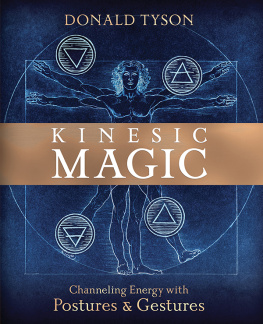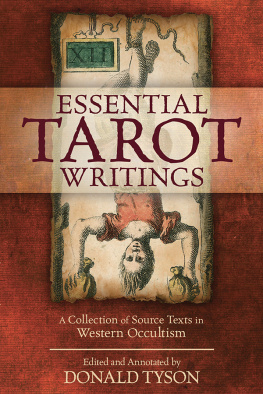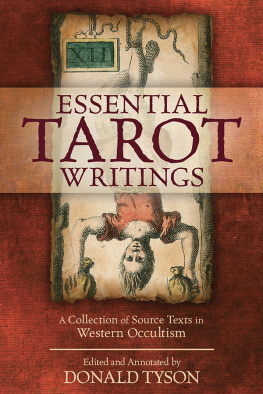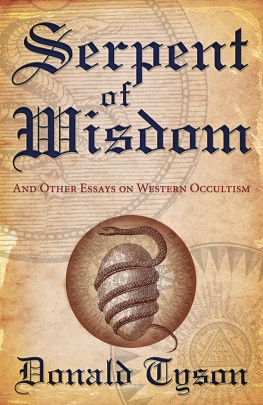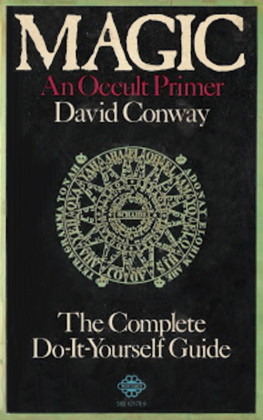
Donald Tyson is a resident of Nova Scotia, Canada. After graduating university, he developed an interest in the tarot, which led him to study all branches of the Western esoteric tradition. His first book, The New Magus , was published in 1988. He has written about such varied subjects as the runes, crystal and mirror scrying, astral travel, spirit evocation, spirit familiars, the theory of magic, the Kabbalah, and the Necronomicon . He designed the popular Necronomicon Tarot card deck, illustrated by Anne Stokes, and is the inventor of rune dice. In his spare time he enjoys hiking, kayaking, and woodworking.
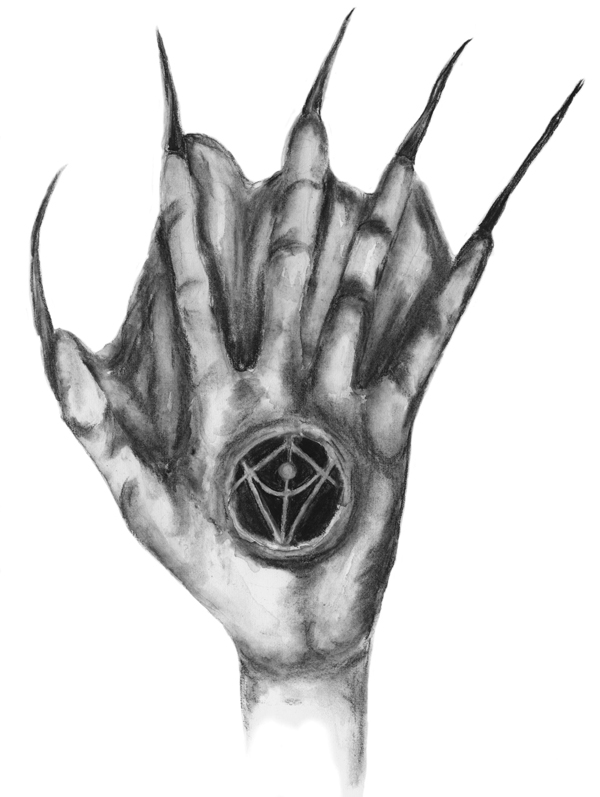
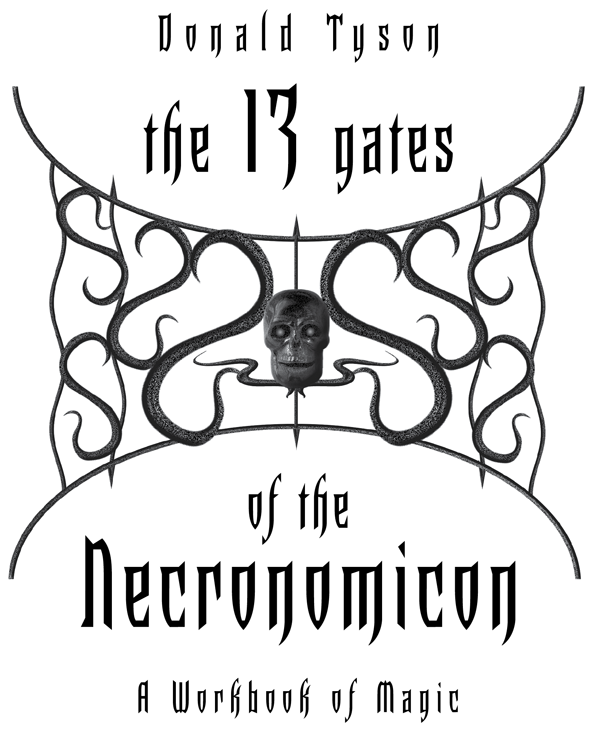
Llewellyn Publications
Woodbury, Minnesota
The 13 Gates of the Necronomicon: A Workbook of Magic 2010 by Donald Tyson.
All rights reserved. No part of this book may be used or reproduced in any matter whatsoever, including Internet usage, without written permission from Llewellyn Publications, except in the form of brief quotations embodied in critical articles and reviews.
As the purchaser of this e-book, you are granted the non-exclusive, non-transferable right to access and read the text of this ebook on screen. The text may not be otherwise reproduced, transmitted, downloaded, or recorded on any other storage device in any form or by any means.
Any unauthorized usage of the text without express written permission of the publisher is a violation of the authors copyright and is illegal and punishable by law.
First e-book edition 2010
E-book ISBN: 9780738726298
Book design by Donna Burch
Cover art: Background clouds iStockphoto.com/Borut Trdina
Cover design by Kevin R. Brown
Editing by Tom Bilstad
Interior illustrations Jenny Tyson and Donald Tyson
Llewellyn Publications is an imprint of Llewellyn Worldwide Ltd.
Llewellyn Publications does not participate in, endorse, or have any authority or responsibility concerning private business arrangements between our authors and the public.
Any Internet references contained in this work are current at publication time, but the publisher cannot guarantee that a specific reference will continue or be maintained. Please refer to the publishers website for links to current author websites.
Llewellyn Publications
Llewellyn Worldwide Ltd.
2143 Wooddale Drive
Woodbury, MN 55125
www.llewellyn.com
Manufactured in the United States of America

The hand-painted grayscale illustrations in this book were created by my wife, Jenny, who is a better graphic artist than I am. They were done according to my specifications, so please direct any praise to her, and any blame to me. The black-and-white line drawings are my own work.
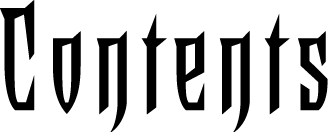
Introduction:

First Gate:
Second Gate:
Third Gate:
Fourth Gate:

Fifth Gate:
Sixth Gate:
Seventh Gate:
Eighth Gate:

Ninth Gate:
Tenth Gate:
Eleventh Gate:
Twelfth Gate:

Thirteenth Gate:

For he who passes the gateways always wins a shadow,
and never again can he be alone.
H. P. Lovecraft, The Book
The unique mythology created by the American writer of horror fiction, Howard Phillips Lovecraft (18901937) will in this work be referred to as the Necronomicon mythos. The more common title, the Cthulhu mythos, is inaccurate since Cthulhu is not the central figure of the tales, nor does he represent all aspects of the mythos. Lovecraft intertwined four thematic threads in his stories, only one of which directly concerns Cthulhu. However, the Necronomicon book touches upon all four of them. These threads cannot be easily separated since they cross over at various points like a woven fabric, but they can be distinguished.
Four Threads of the Mythos
One thread, of which Cthulhu is a part, concerns alien races from distant star systems or other dimensions of space and time that contested with each other for the rule of the primordial Earth long before the evolution of mankind. They still wait in secret places for the stars to come right in the heavens so that they can emerge and displace us as masters of this world. These beings are not evil. They are merely aloof from the concerns of humanity. They regard us as we might regard a species of bacteria.
Another mythic thread involves ancient sorceries, demons, witches, and the dark doings of magicians. Even though Lovecraft himself claimed to have contempt for occultism and a disinterest in religion, he was inherently mystical in his thinking. His stories are filled with references to witchcraft and black magic. Lovecraft looked upon magic as a kind of alien science. A handful of human beings were capable of manipulating it, but could never truly understand it, and if they tried, they usually went insane. The author of the Necronomicon , Abdul Alhazred, was characterized by Lovecraft as the mad Arab poet of Yemenbut whether his study of magic drove him mad, or whether his madness enabled his grasp of occult secrets hidden from sane men, is not made clear.
Another thread of the mythos is concerned with the exploration of the dreamlands by dream travelersthose who remain conscious and aware while dreaming. Today, this is known as lucid dreaming, and is generally accepted as a real phenomenon. In Lovecrafts time lucid dreaming was not widely recognized. Lovecraft wrote about men who consciously explore the mysterious and dangerous lands of their dreams in the same way that waking men embarked on expeditions to distant and unknown regions of the Earth. More powerful dreamers can go further into the dreamlands, and can learn arcane secrets available through no other source, for the dreamlands hold much lore of both men and alien races that has been lost to the material world over the centuries through neglect, decay, fires, wars and geological upheavals.
The final thread of the mythos is a dark one occupied with death, decay, corruption, the grave, ghouls, and the reanimation of the dead. These subjects fascinated Lovecraft to the point of obsession. By writing about them, he exorcised them from his own nightmares. Both his father and his mother had gone insane, and ended their days locked up in an asylum. Lovecraft always dreaded the possibility that his own mind, so strangely unlike the minds of other men, would eventually fall prey to this hereditary weakness. Related to his dread of madness was a horror of genetic degeneration from inbreeding, or breeding with things not quite human, resulting in deformity, idiocy, and even cannibalism. Lovecraft suffered from the neurotic conviction that his own face was hideously deformed, a fixation instilled into him at a young age by his mother. This caused him to avoid the daylight and crowds, and instead wander the streets of his native Providence late at night and linger alone in graveyards. He was fascinated with the past, with graves and monuments, and with old buildings, and half-believed himself the reincarnation of an Englishman from the eighteenth century.
Next page
